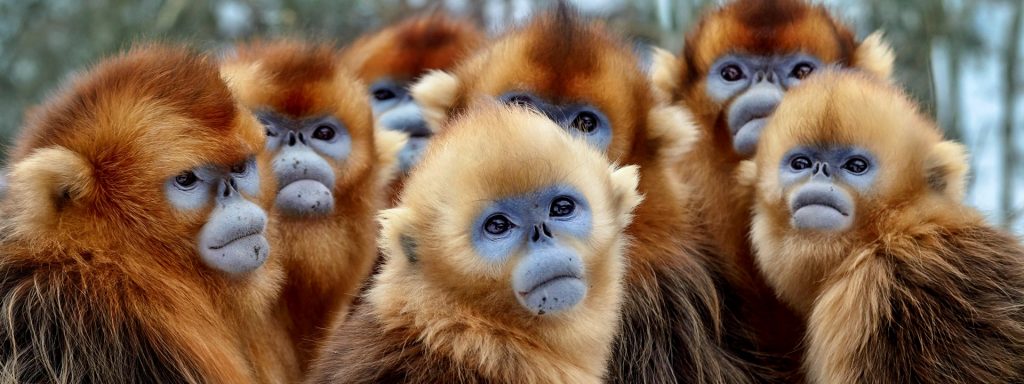Attenborough’s nature documentaries always establish a benchmark for all that follow. His latest, Seven Worlds, One Planet, is no different. It examines how humans have altered the ecosystems in each of the seven continents, with the message that we are living in “the most critical moments for life on earth since the continents began”. Attenborough highlights how activities including illegal poaching, burning fossil fuels, and wildlife exploitation are beginning to have irreversible consequences on our planet. He explores each of the seven continents, revealing extraordinary stories and unseen wilderness.
Seven Worlds, One Planet is truly breathtaking. Drones, underwater cameras, and admirable dedication from the crew provide a level of magic that CGI and big-budgeted Hollywood movies cannot. With a soundtrack by the legendary Hans Zimmer, Seven Worlds, One Planet, shows us epic never-seen-before moments of animals in their habitats.
The first episode opens with the continent that has experienced the most radical change to date: Antarctica. We witness the birth of a seal pup. Newborn pups are unable to swim for the first ten days of their lives and therefore cannot seek shelter underwater. Weather patterns have become more extreme, making it harder for the pups to survive in blizzards that can reach -40C. Many mothers are forced to abandon their pups to take shelter underwater, leaving the newborns to fend for themselves. Many don’t survive. This opening scene underlines how small changes create dire challenges for wildlife.
The most heartbreaking scene comes in episode two, as we venture to Asia. The largest continent on the planet includes biomes as diverse as frigid wastes, rich rainforests, and scorching deserts. Within the first ten minutes of the episode, we see heartbreaking footage of walruses being forced to jump off rocky cliffs after being attacked by polar bears. It’s a theme across the programme: beaches that once sheltered the walruses have shrunk due to climate change.
We endure a similar level of horror in the forests of Borneo, as an orangutan battles a bulldozer. These acts of cruelty are senseless, and we are forced to confront our complicity in the crisis that is causing the devastation. Through rapid urbanisation and population growth, “the largest population it seems, is no longer able to provide space for its wildlife”. Attenborough mourns. “Back in 1956 I never imagined that, in my lifetime, these intelligent apes and the forests they live in would be placed in such dire threat. Just how much longer they survive on the planet is up to all of us.”
It’s not all doom and gloom, as we see hopeful gestures towards sustainable development. Fishermen of the oceans in Southern Asia have developed a strategy which is sustainable for both people and wildlife. Caring for wildlife is undoubtedly a shared responsibility and it is decisions like this one that safeguard the future of our planet.
If anyone is in doubt as to the state of the world, I urge you to watch Seven Worlds, One Planet. Uncover the diversity of every continent and learn how humankind is altering the Earth’s natural balance at the expense of precious diversity. This programme reminds us that there truly is no place like home.
Watch Seven Worlds, One Planet on BBC IPlayer and every Sunday at 6:15pm on BBC One.



